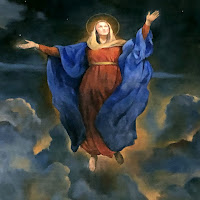It started with Duke William of Normandy, alias William the Conqueror. He was a vassal to the king of France because he held Normandy and other territories in France, even though he became king of England in 1066. Here's the issue: should a king be subordinate to another king, just because he holds territory in the other king's country?
France did not like having large swaths of territory held by the English king, and would occasionally occupy and "take back" those territories when England's army was busy elsewhere, such as when it was fighting Scotland. The real sticking point came in 1328 when King Charles IV of France died. He had no sons, and no brothers. France held to something called Salic law, that determined only males could inherit, not females. Charles had a sister, Isabella, who had married Edward II of England. Their son, Edward III, was the closest male heir to Charles, and Isabella claimed that Edward should be King of England and France.
France did not want a non-Frenchman ruling their country, and so they went up the family tree instead of down and the throne was offered to Philip VI, Count of Valois, a cousin through Charles' father. Edward fumed, but gave in, offering loyalty to Philip through Edward's possession of Gascony. This might have settled things, but Philip got greedy. In 1337, he called a Great Council in Paris where they decided that Gascony should not belong to the English king.
Edward III was not going to stand for this insult (and confiscation of his lands), so the war was on. Tomorrow we will see how the first phase went.














